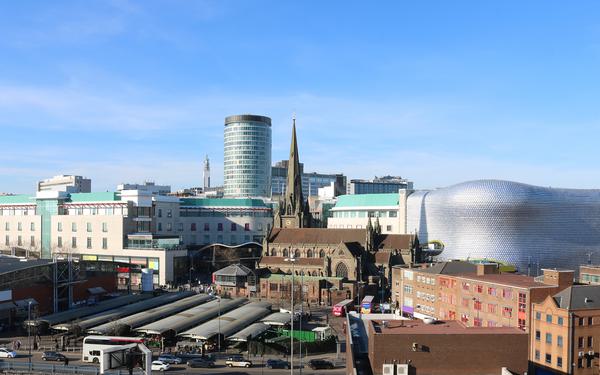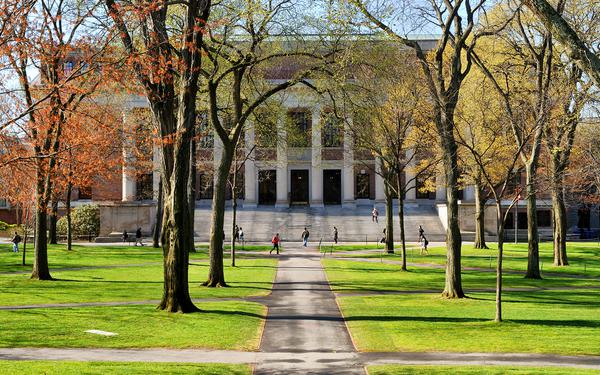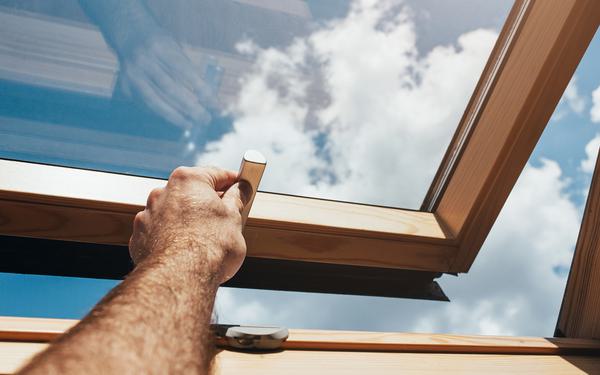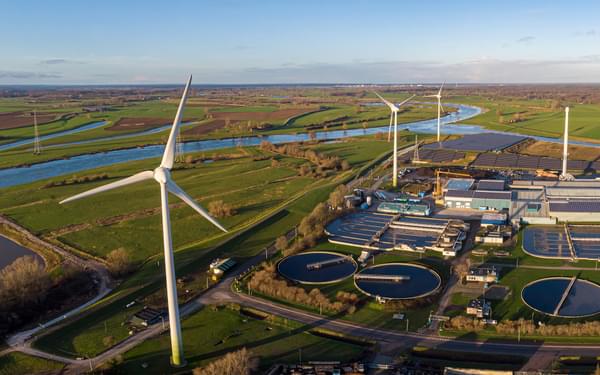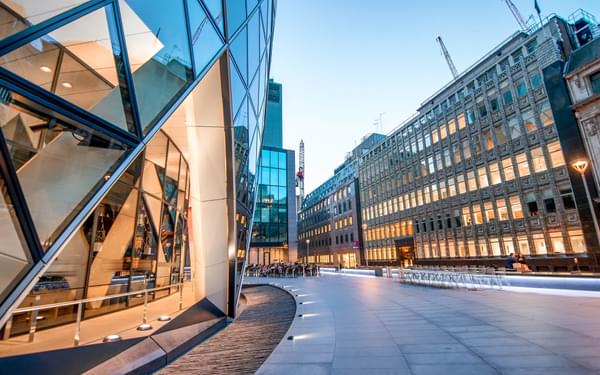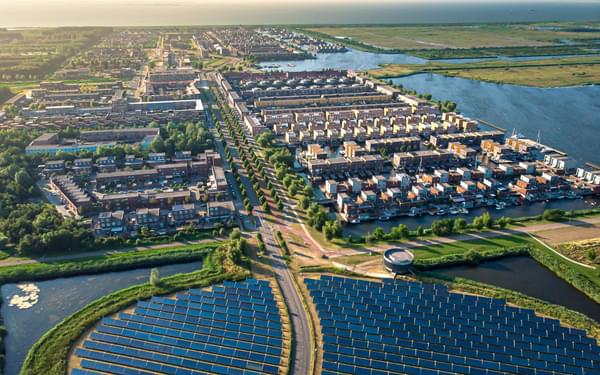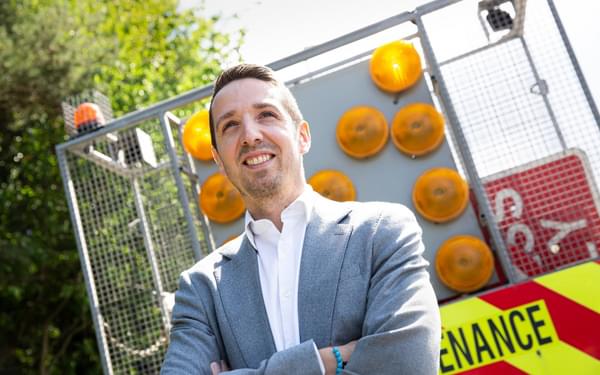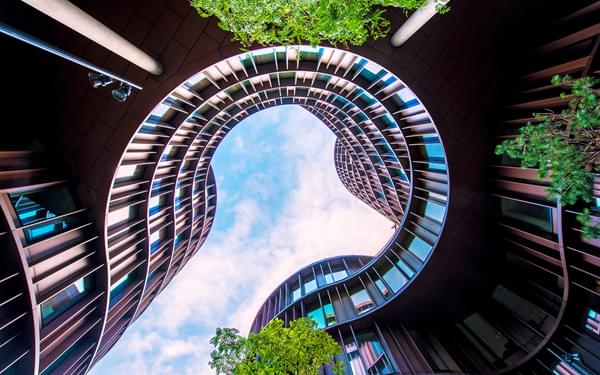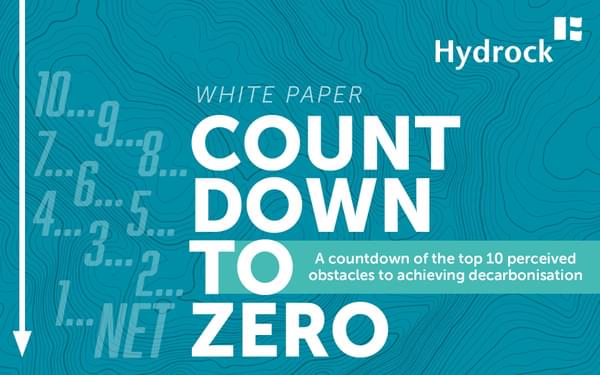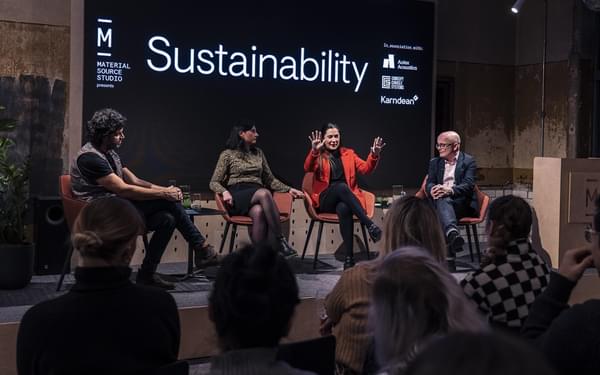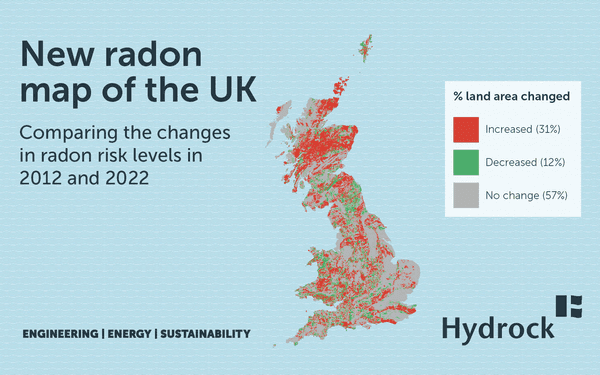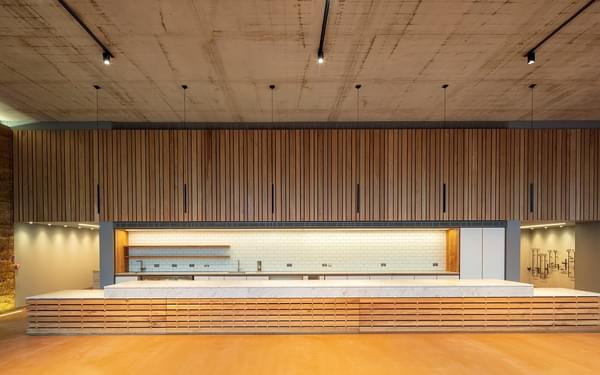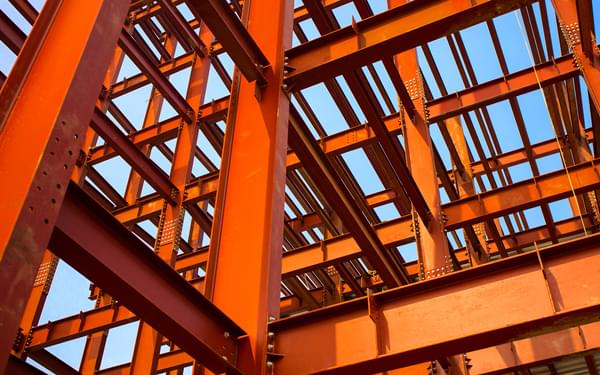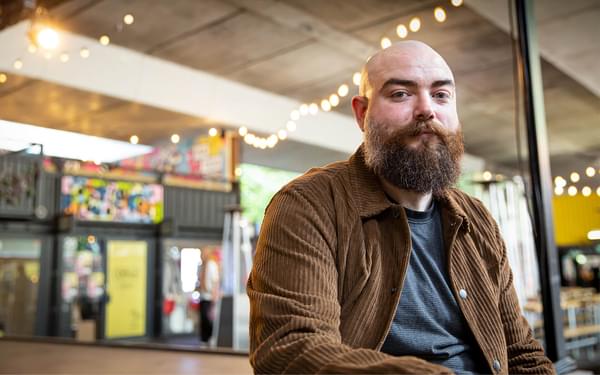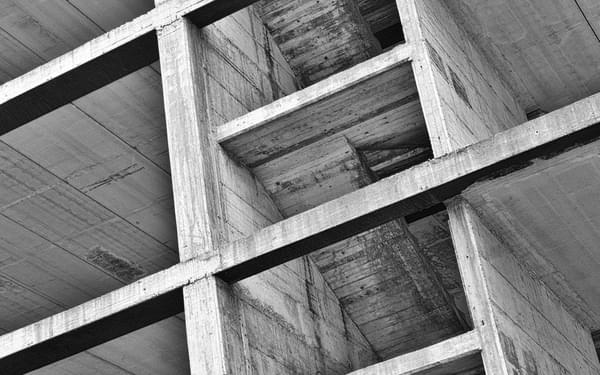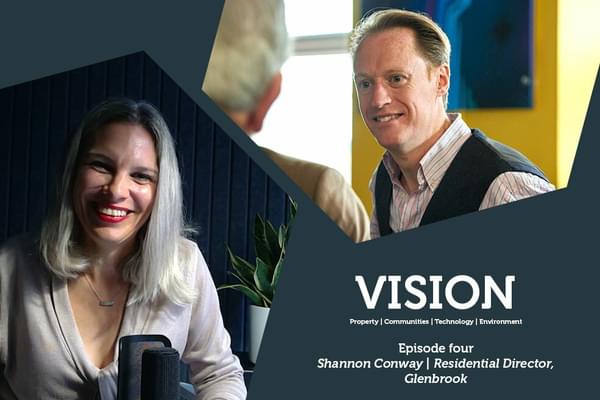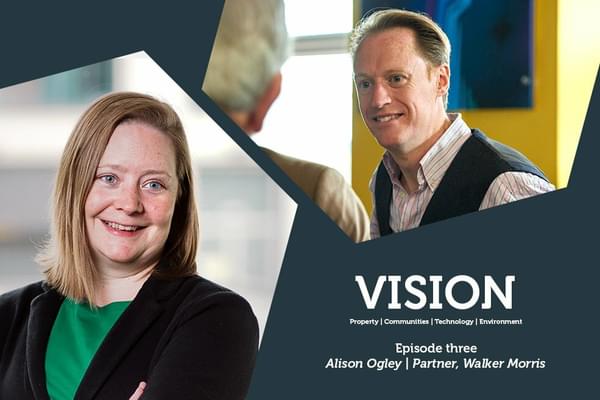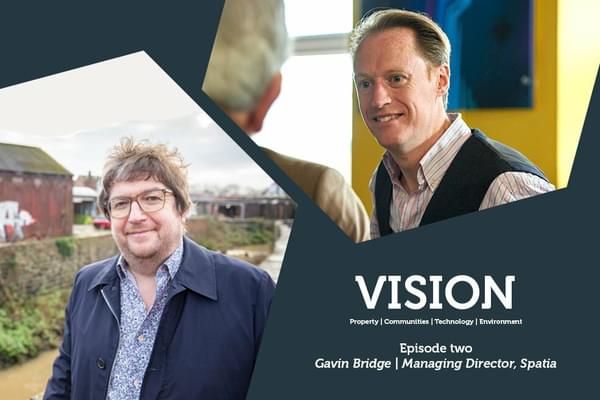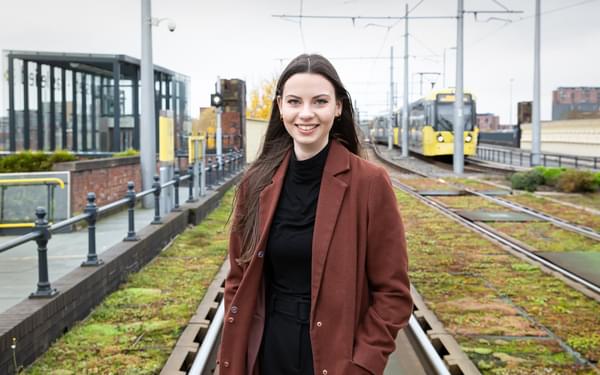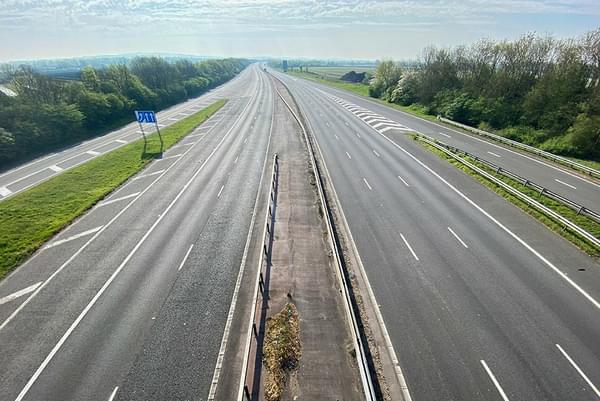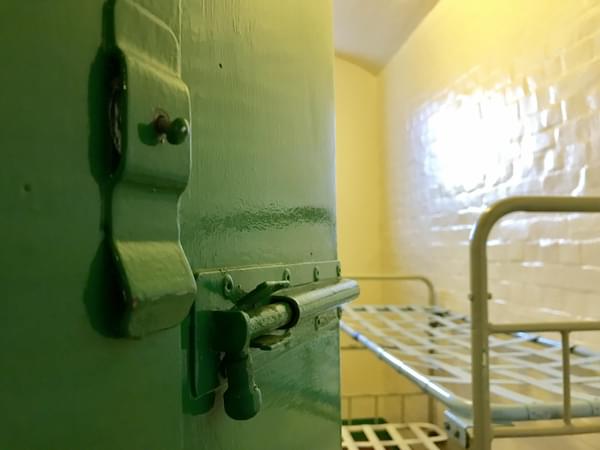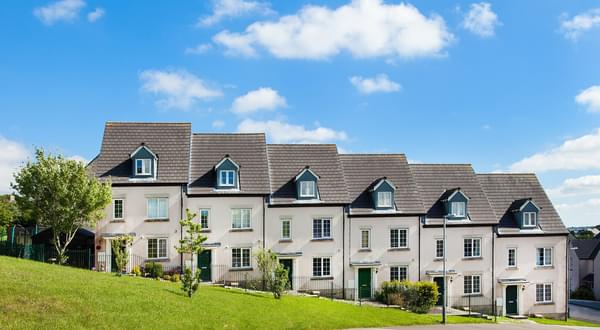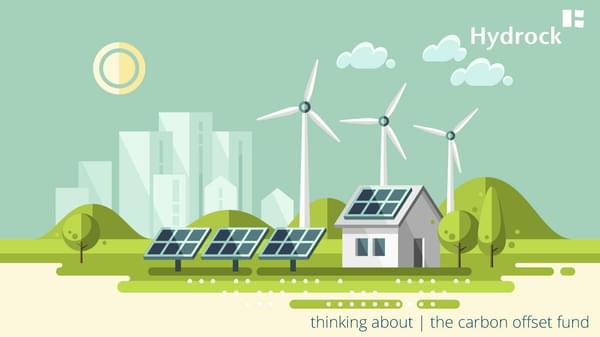Back to Articles
What a Fitbit can teach us in creating high-performing, sustainable buildings
2nd Nov 2018
Taken from a blog post on LinkedIn by Matt Wynn in our Building Performance Engineering team:
Collectively, I can’t help but think that we’ve lost focus on the word ‘sustainability’. It’s become a buzz word, floated about in adverts, leaflets and billboards to make us feel slightly better about what we’re purchasing or the service we’re using, to satisfy our inner eco-morals. Of course, every little can help us lead a slightly more sustainable life, but are we really acting and behaving sustainably?
The IPCC's latest special report on the impact of global warming gives us some much-needed perspective and a reality check on how we're all currently living our lives - the realisation being that we are not acting sustainably, and that if we continue at our current rate, global warming is going to reach the threshold of 1.5°C between 2030 and 2052. [1]
All simulation scenarios where global warming is limited to 1.5°C - and frankly we're struggling to manage even this - require a rapid and far-reaching change in how energy, land, urban infrastructure and the built environment are managed. [2]
As engineers, architects, consultants, planners and developers, we all have our part to play in this. Why? Well, take the U.S. alone − buildings account for 40% of total energy consumed annually, whilst construction and building operation processes account for 50% of annual carbon dioxide emissions. These statistics put us in the hot seat: the built environment and by association, the architectural, engineering and construction community is responsible for how this can be overcome. [2]
Responsibility does not end at handover
We have the capability, technology and knowledge to design high-performing buildings. But why do we end our responsibility at hand-over, and, as a consequence, how can we still call a building sustainable?
Simulation modelling may well ensure the building performs outstandingly, but it's easy to forget: even with modern, sustainable technologies, buildings are occupied by humans. Humans bring with them their own habits and preferred ways of using a building. How many times have you left a meeting room in a BREEAM-rated building with the lights and AC still on although everyone has left?
As the designers of buildings and the systems inside them, we are in a unique position of knowing how the building should and could function best. Rather than the typical project completion approach - handing over and moving onto the next project - what if, instead, we retained an active interest in the sustainable performance of the building, creating a feedback loop of live data back to the design team?
The feedback loop
Feedback loops are incredibly valuable tools. The benefits are already clear in other parts of the design world, such as biofeedback on patients: by simply showing a patient a monitor displaying the feedback of how their body is functioning, it can help them to alter how they hold themselves, their breathing, and how they respond to pain management, anxiety, hyper-tension, and more.
These tools are becoming surprisingly common. Take a look at your wrist; have you got an Apple Watch or Fitbit on? They monitor and record your activity and heart-rate and present you with the information in real time.
My question is: why can't we apply this method of feedback to the in-use performance of buildings?
Implementing change
By recording, analysing and studying how the buildings we design are used in practice, we can begin to understand where our energy performance can continue to improve our sustainability targets.
With an active feedback loop to the design team, changes can be implemented into the building and system design, management strategies can be implemented and sustainable habits for the building occupants can be introduced.
This way, we can be certain if the building we’ve designed to be sustainable, is actually being used as a sustainable building. Without a feedback loop – who knows?
The responsibility for improving standards and reducing carbon emissions in the built environment cannot lie solely on the shoulders of legislators. As industry professionals, I believe we need to be proactive in our response, especially after the stark predictions in the IPCC's latest report. Genuinely sustainable construction requires continual improvement from all of us in the industry, and this will ultimately influence human behaviour, satisfying our inner eco-morals.
This article was originally published by Matt Wynn from our Building Performance Engineering team on LinkedIn. If you'd like to talk to Hydrock about our Post Occupation Evaluation services, contact Matt or Graeme Smith, Technical Director in our Building Performance Engineering business.
[1]. IPCC, “Global Warming of 1.5C. Summary for Policymakers”, (IPCC, 2018)
[2]. Ned Cramer, “The Climate Is Changing. So Must Architecture.”, Architect Magazine, 2017 http://www.architectmagazine.com/design/editorial/the-climate-is-changing-so-must-architecture_o
Explore related
- Articles

How the London Plan sets the example for consistency in climate-related policy making
Read more- Articles
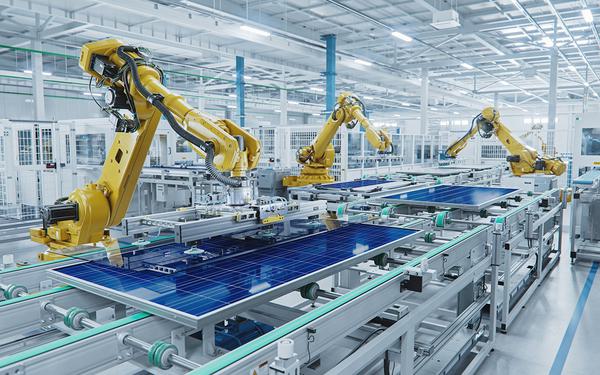
Decarbonise for less: unleash the cost-saving power of the Energy Savings Opportunity Scheme
Read more- Articles
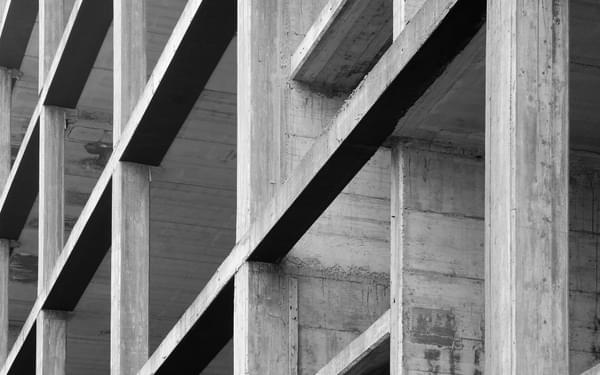
Why 'just add mass' is no longer an acoustic solution in a carbon conscious world
Read more- Articles

Navigating the electrifying world of EV charging investments: Making 'big data’ central to due diligence
Read more- Articles

Why the UK government’s case for investment in new oil and gas production is flawed
Read more- Articles

Mark Pearce comments in Fleetworld: How can ChargeUK enable fleets to go electric with confidence
Read more- Articles

NHS Trusts need to be ‘fund-ready’ to maximise Government’s decarbonisation support
Read more- Articles

Interview: Ric Hampton appointed to Bristol Nights Advisory Board to support nightlife & culture
Read more- Articles

Hydrock comments in Building: The Building Safety Act and what the second staircase rule would mean for high-rise blocks
Read more- Articles

Hydrock roundtable: Diversity and access to careers in the built environment sector
Read more- Articles
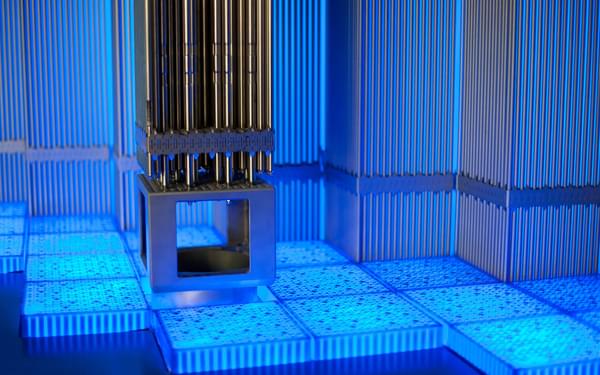
Hydrock comments in Building: Strong and stable? This government is anything but when it comes to energy infrastructure
Read more- Articles
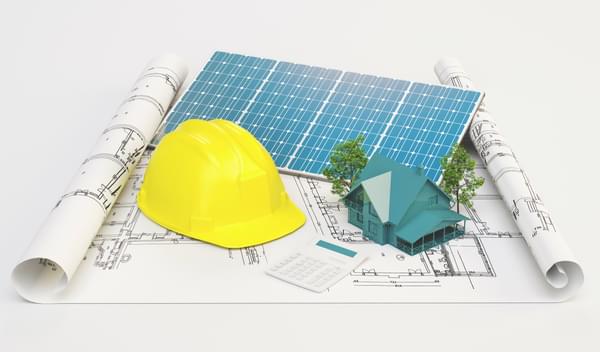
What do proposed changes to building regulations mean for energy efficiency standards?
Read more- Articles

The balance of power - meeting unpredictable future energy demands in a rapidly changing environment
Read more- Articles








